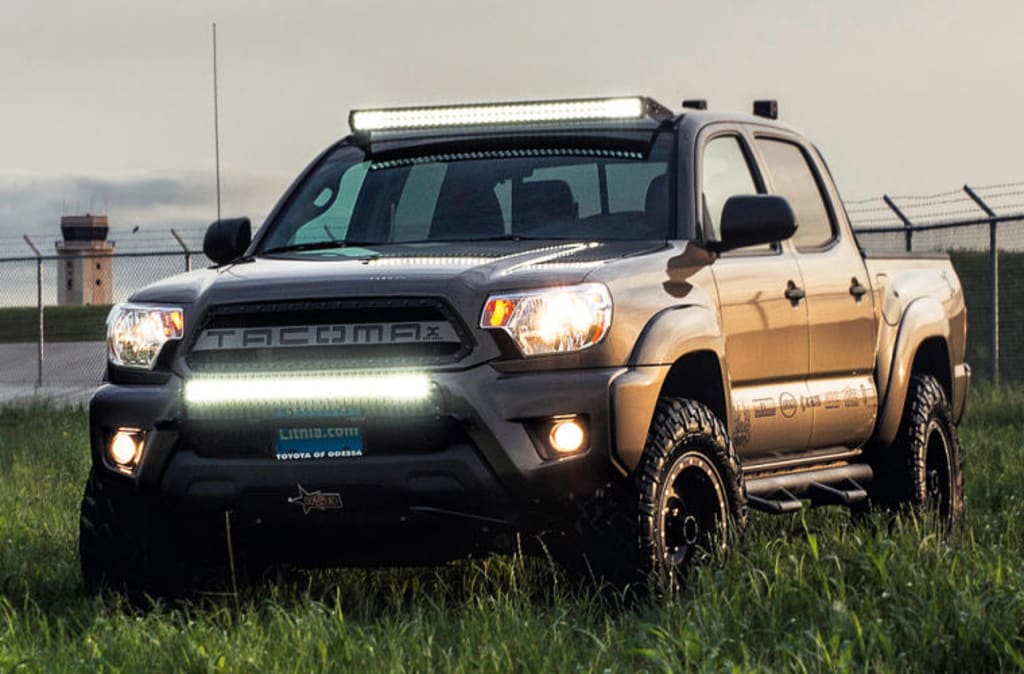
Night driving can be a unique experience for truck drivers, offering both challenges and opportunities. With fewer vehicles on the road and cooler temperatures, many drivers prefer to hit the highways after sunset. However, navigating the darkness requires a special set of skills and strategies to ensure safety and efficiency. Here are some practical tips for truck drivers who operate during the night.
1. Understand Your Vehicle’s Limitations
Before embarking on a night drive, it’s crucial to understand the capabilities and limitations of your truck. Nighttime visibility is significantly reduced, which can affect your ability to judge distances and react to obstacles. Ensure your headlights are functioning properly and are properly aimed. Consider upgrading to high-intensity discharge (HID) or LED headlights, which can provide better illumination of the road ahead.
Additionally, ensure your truck’s brakes and tires are in top condition. Wet or icy roads can be more hazardous at night, so take extra precautions and be prepared for adverse conditions.
2. Utilize Advanced Lighting Techniques
Effective lighting is crucial for ensuring safety during night driving. Alongside your headlights, think about adding auxiliary lighting options, such as light bars for trucks, if your truck can accommodate them. These light bars can significantly enhance visibility without producing glare for oncoming traffic. However, it’s important to stay informed about local laws regarding the use of additional lighting.
When nearing other vehicles, remember to dim your lights to prevent dazzling other drivers. On the flip side, if a vehicle with bright lights approaches you, direct your gaze to the right side of the road to reduce glare and maintain clear vision.
3. Plan Your Route Wisely
Before hitting the road, take time to plan your route. Use GPS and mapping apps to check for construction, detours, or areas known for low visibility. Planning stops along your route for rest and refueling can prevent fatigue. When possible, stick to well-lit highways or roads you are familiar with, as they tend to be safer than remote or poorly lit areas.
Familiarity with your route will also help you anticipate potential hazards, such as wildlife crossing the road, which is more common during nighttime.
4. Combat Fatigue Effectively
Fatigue is one of the most significant dangers of night driving. The body’s natural circadian rhythm can make it difficult to stay alert during the night. Here are several strategies to combat fatigue:
- Sleep Hygiene: Prioritize quality sleep before your night shifts. Create a restful sleeping environment by blocking out light and minimizing noise. Consider using blackout curtains and white noise machines to improve your sleep quality.
- Take Breaks: Schedule regular breaks during your drive. Step out of the truck, stretch, and take deep breaths to refresh yourself. Even a short walk can invigorate you and enhance your focus.
- Stay Hydrated and Eat Wisely: Maintain hydration, but be mindful of caffeine intake. Too much caffeine can lead to crashes in energy levels. Opt for light, healthy snacks instead of heavy meals, which can make you feel sluggish.
5. Stay Alert with Engaging Activities
Engagement is crucial for maintaining focus during long night drives. Listening to upbeat music, podcasts, or audiobooks can help keep your mind active. Choose content that is entertaining but not overly distracting. Engaging with the content can help maintain your alertness without taking your attention away from the road.
6. Practice Defensive Driving
Defensive driving is essential, especially at night when visibility is limited. Maintain a safe following distance to allow for adequate reaction time. Be extra cautious when approaching intersections and watch for pedestrians, cyclists, or wildlife that may not be easily visible.
Be aware of potential hazards, such as potholes or debris on the road, and scan your surroundings regularly. The goal is to anticipate possible dangers and react proactively rather than waiting until it’s too late.
7. Communicate Effectively
Communication is vital, especially in a night-driving environment. Ensure your truck is equipped with reliable communication devices, whether it’s a mobile phone or a CB radio. Stay in touch with your dispatch team, and inform them of your progress and any unexpected delays.
Additionally, use turn signals and hazard lights appropriately to communicate your intentions to other drivers, especially when navigating unfamiliar areas or making sudden stops.
In Conclusion
Driving a truck at night can be both rewarding and challenging. By understanding your vehicle, utilizing proper lighting, planning your route, managing fatigue, and practicing defensive driving, you can enhance your safety and efficiency on the road. Night shifts offer unique opportunities for truck drivers, and with the right strategies in place, you can ensure a successful and safe journey. Remember, preparation and awareness are your best tools for navigating the darkness confidently. Safe travels!
